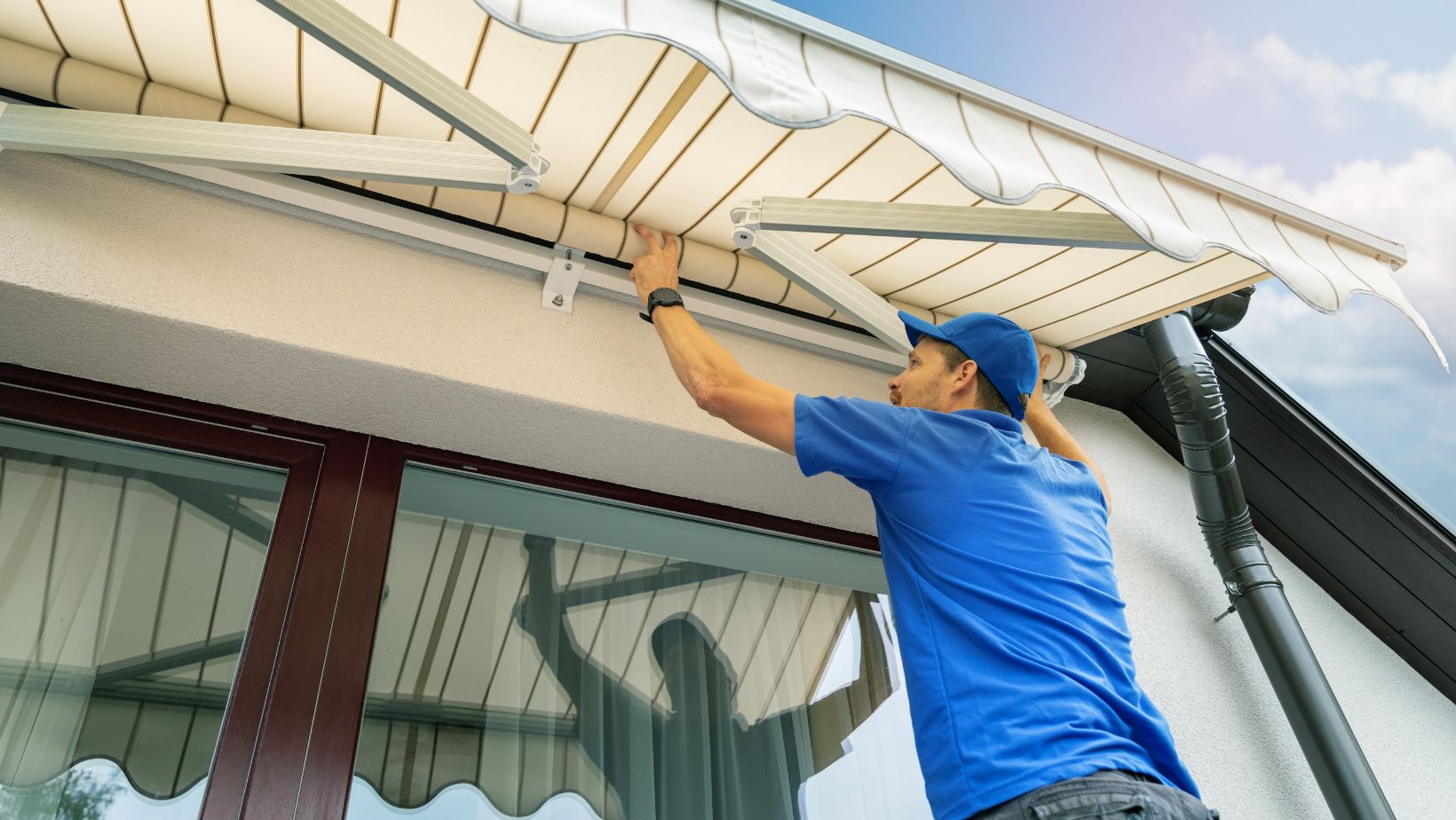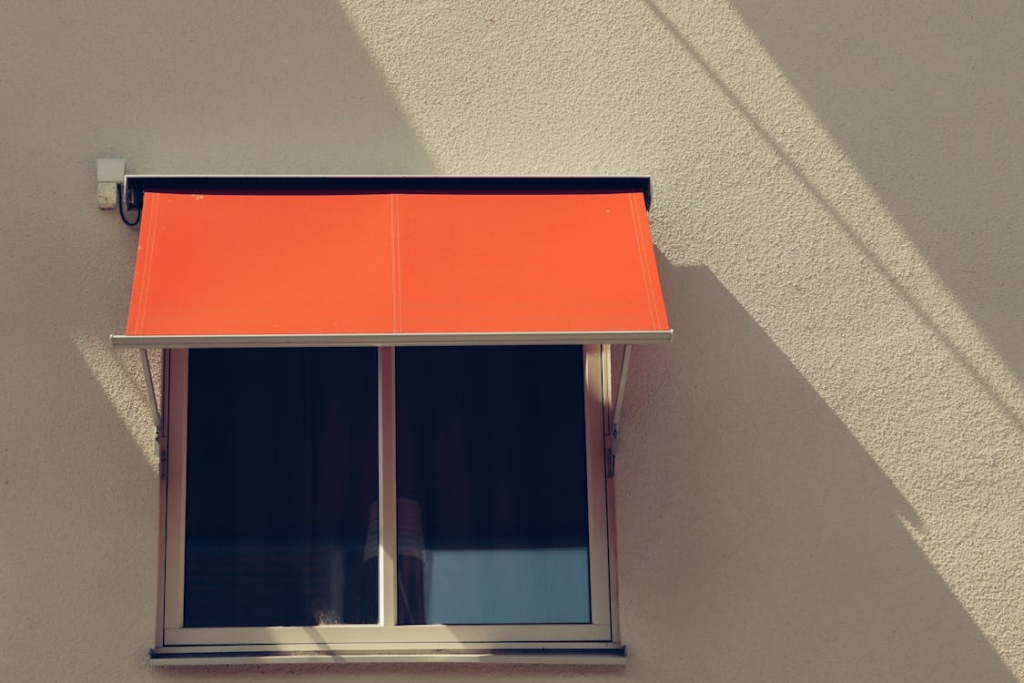Awnings are a great addition to any home, providing shade, enhancing outdoor spaces, and adding curb appeal. Whether you’re looking to reduce sunlight exposure, protect outdoor furniture, or simply elevate the look of your home, selecting the right awning can make a big difference. However, with so many options available, it’s important to know what to consider when choosing the perfect awning. Here are some essential tips to help guide your decision.
Determine the Purpose of Your Awning
Before selecting an awning, think about why you need it. Is it to block sunlight from entering your home, create an outdoor shaded area, or simply enhance the appearance of your home? Understanding the purpose will help you narrow down the type of awning you need. For example, retractable awnings are great for flexibility, allowing you to extend or retract the awning depending on the weather, while fixed awnings provide constant protection for windows or doors.

If your goal is to reduce indoor heat by blocking sunlight, consider choosing awnings made from materials that reflect heat, such as vinyl or acrylic. For outdoor comfort, fabric awnings can offer ample shade while maintaining a stylish look. Once you’ve determined the purpose, selecting the right design and material becomes much easier.
Consider Material and Durability
Choosing the right material for your awning is crucial for longevity and performance. Awnings are exposed to various weather conditions, so it’s essential to choose materials that can withstand rain, wind, and UV rays. Popular materials include canvas, polyester, and aluminum. Fabric options like acrylic and polyester offer a wide range of colors and patterns, providing aesthetic flexibility, while aluminum awnings are known for their durability and low maintenance.
If you live in an area prone to strong winds or heavy rain, selecting a more robust material is important to ensure your awning lasts. Working with an experienced awning supplier can help you choose materials that are not only durable but also suitable for your local climate and specific needs. After all, you only want the best addition to your home exterior.
Choose the Right Size and Style
The size and style of your awning should complement your home’s architecture and outdoor space. Awnings come in various sizes, from small window coverings to large patio awnings, so measure the area where you plan to install it carefully. You want to ensure that the awning provides adequate coverage without overwhelming the space.

In terms of style, there are many options, such as traditional, dome, and waterfall awnings. Make sure the style aligns with your home’s overall design and enhances its curb appeal. Retractable awnings are great for flexibility, while stationary awnings offer a more permanent solution. The right style will not only offer practical benefits but also improve the look and value of your home.
Evaluate Ease of Maintenance
Some awnings require more maintenance than others. Fabric awnings, for example, may need regular cleaning to prevent mildew or fading, while metal awnings typically require less upkeep. If low maintenance is a priority, opt for materials that resist mold and UV damage, ensuring your awning remains in great condition for years to come.
Choosing the perfect awning for your home requires careful consideration of factors such as purpose, material, size, style, and maintenance. By understanding your specific needs and working with a reliable supplier, you can select an awning that not only enhances your home’s aesthetic but also provides long-lasting functionality. With the right choice, your new awning will offer both comfort and protection while boosting the overall appeal of your home.


More Stories
The Importance of Quality Siding in MA
The Impact of Automated Window Treatments on Modern Home Design
6 Creative Roofing Designs That Redefine Modern Homes